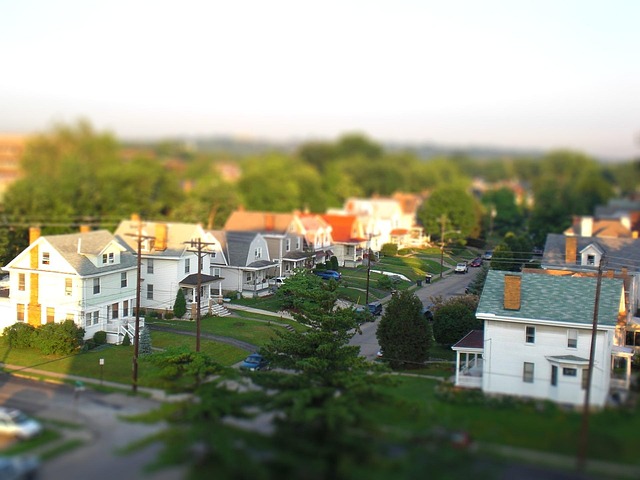Before tackling a DIY pipe insulation project, assess your home's needs by identifying pipe locations, materials, and temperature variations. Focus on exposed pipes in attics, basements, or exterior walls prone to energy loss. Tailor insulation choices based on regional climate: robust, thermally resistant materials for cold climates; moisture-resistant options for warmer regions. Determine optimal insulation material and thickness based on pipe size, liquid type, and corrosion protection, enhancing energy efficiency.
Insulating your pipes is a crucial step in maintaining an energy-efficient home. This DIY guide will walk you through the process, from assessing your pipe insulation needs to installing the perfect materials for your project.
First, identify pipes most at risk from temperature fluctuations and potential heat loss or gain. Next, choose the right insulation type—foam, fiberglass, or others—based on R-value requirements, installation ease, and budget.
Then, follow our step-by-step process: prepare, measure, apply, secure, and check for common mistakes. By the end, you’ll have a well-insulated home and potentially lower heating and cooling bills.
- Assessing Your Pipe Insulation Needs
- – Identifying pipes that require insulation
- – Understanding climate and temperature fluctuations
Assessing Your Pipe Insulation Needs

Before you start your DIY pipe insulation project, it’s crucial to assess your specific needs. This involves understanding where your pipes are located, their material, and the temperature fluctuations they face. Different parts of your home—like outdoor pipes or those in uninsulated attics—will require tailored insulation solutions.
Inspecting your pipes for damage, corrosion, or leaks is also essential. Insulating damaged pipes may not be effective or safe. Additionally, consider factors like pipe size and the type of liquid flowing through them. This information will help you choose the right insulation material and thickness, ensuring optimal energy efficiency and preventing freezing or heat loss in your plumbing system.
– Identifying pipes that require insulation

When it comes to DIY pipe insulation, identifying which pipes need protection is the first step. Look for pipes that are exposed and susceptible to temperature changes, as these are prime candidates for insulation. Uninsulated pipes can lead to significant energy loss, so focus on those located in attics, basements, or exterior walls where they are directly exposed to varying weather conditions. Pay close attention to water supply lines, as well as pipes carrying hot water or steam, since these will require different types of insulation depending on their function and material composition.
Check for signs of condensation or frost formation on the pipes; if present, it’s an indication that proper insulation is lacking and should prompt you to take action. Remember, even pipes hidden behind walls or under flooring may need insulation, especially in colder climates, to prevent freezing and potential burst pipes.
– Understanding climate and temperature fluctuations

Understanding climate and temperature fluctuations is a crucial step in effective DIY pipe insulation. In regions with extreme weather conditions, such as harsh winters or hot summers, pipes are more prone to freezing or overheating, respectively. Freezing temperatures can cause pipes to burst, while excessive heat can lead to corrosion and damage over time. When insulating your pipes, consider the average annual temperature range of your area. For cold climates, focus on robust insulation that provides excellent thermal resistance to prevent freezing. In warmer regions, choose materials that protect against heat transfer and moisture buildup to maintain optimal pipe temperatures year-round. This tailored approach ensures your DIY pipe insulation job stands up to the unique demands of your local climate.
Insulating your pipes is a valuable DIY project that can prevent freezing, reduce energy costs, and extend the life of your plumbing system. By understanding your pipe insulation needs through assessing vulnerable pipes and climate considerations, you’re well on your way to becoming a pro. With the right materials and these simple steps, you can efficiently insulate your pipes, ensuring optimal performance and efficiency in any weather condition. Give DIY pipe insulation a try and reap the benefits!
